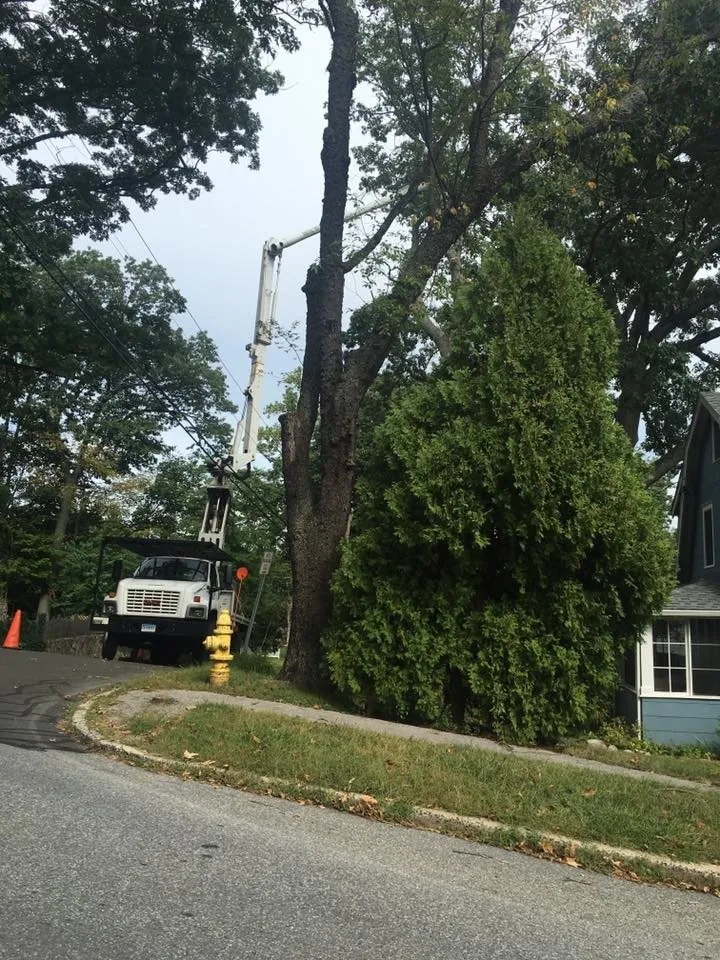Mulching is a fundamental practice in arboriculture that plays a crucial role in maintaining the health and vitality of trees. Beyond its aesthetic appeal, mulching provides a range of benefits that contribute to the overall well-being of trees. In this article, we will explore the multifaceted role of mulching in tree health, examining the advantages it offers and the proper techniques for effective application.

Benefits of Mulching
- Moisture Retention:
Mulch acts as a protective layer, helping to retain soil moisture by reducing water evaporation. This is particularly beneficial in dry or arid climates, where adequate moisture is essential for sustained tree health. Additionally, consistent moisture levels around the tree’s root zone promote optimal growth and reduce stress during periods of drought. - Weed Suppression:
Mulch serves as a natural weed barrier, inhibiting the growth of unwanted vegetation around the base of the tree. Weeds not only compete with trees for essential nutrients but can also introduce diseases and pests. By suppressing weed growth, mulching helps maintain a clean and healthy environment for the tree to thrive. - Temperature Regulation:
The insulation provided by mulch helps regulate soil temperature. In extreme weather conditions, such as scorching summer heat or freezing winter cold, mulch acts as a buffer, protecting the tree’s roots from temperature extremes. This moderation is particularly crucial for young or newly planted trees that may be more susceptible to environmental stress. - Soil Enrichment:
As mulch decomposes over time, it contributes organic matter to the soil. This decomposition process enhances soil structure, fertility, and microbial activity. The enriched soil provides a more favorable environment for root development and nutrient absorption, promoting overall tree health. - Erosion Prevention:
Mulch helps prevent soil erosion by reducing the impact of rainwater on the ground. This is especially important on sloped terrain where erosion can expose tree roots and lead to instability. The protective layer of mulch acts as a shield, preventing soil displacement and maintaining a stable foundation for the tree.
Proper Mulching Techniques
- Mulch Depth:
The proper depth of mulch is crucial to its effectiveness. Apply a layer of mulch 2 to 4 inches deep, ensuring it covers the entire root zone without piling up against the tree trunk. Overly deep mulch against the trunk can create a habitat for pests and diseases, leading to potential harm. - Mulch Placement:
Extend the mulch layer beyond the tree’s drip line, which is the outermost circumference of the tree canopy. This area corresponds to the extent of the tree’s root system. Placing mulch in this zone ensures that the majority of the root system benefits from the protective and enriching properties of mulch. - Mulch Material:
Selecting the right type of mulch is essential. Organic mulches, such as wood chips, bark, or compost, are preferable as they break down over time, contributing organic matter to the soil. Avoid piling mulch directly against the tree trunk, and opt for a well-balanced mix of coarse and fine materials. - Mulching Frequency:
Mulch should be replenished periodically to maintain its effectiveness. Depending on the rate of decomposition, annual or biennial renewal may be necessary. Clear out any debris or old mulch before applying a fresh layer to prevent the accumulation of pests and diseases.
Conclusion
In conclusion, mulching is a simple yet powerful practice that significantly contributes to the health and longevity of trees. By implementing proper mulching techniques, arborists and homeowners alike can create an environment that fosters optimal tree growth, reduces stress, and enhances overall resilience. From moisture retention and weed suppression to temperature regulation and soil enrichment, the benefits of mulching are diverse and far-reaching. As stewards of the environment, it is our responsibility to recognize the importance of this practice and incorporate it into our tree care routines for the benefit of current and future generations.


